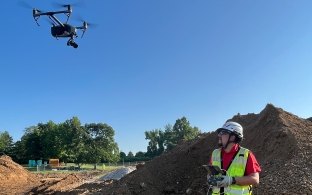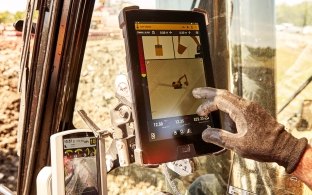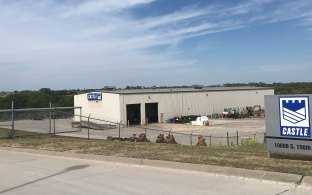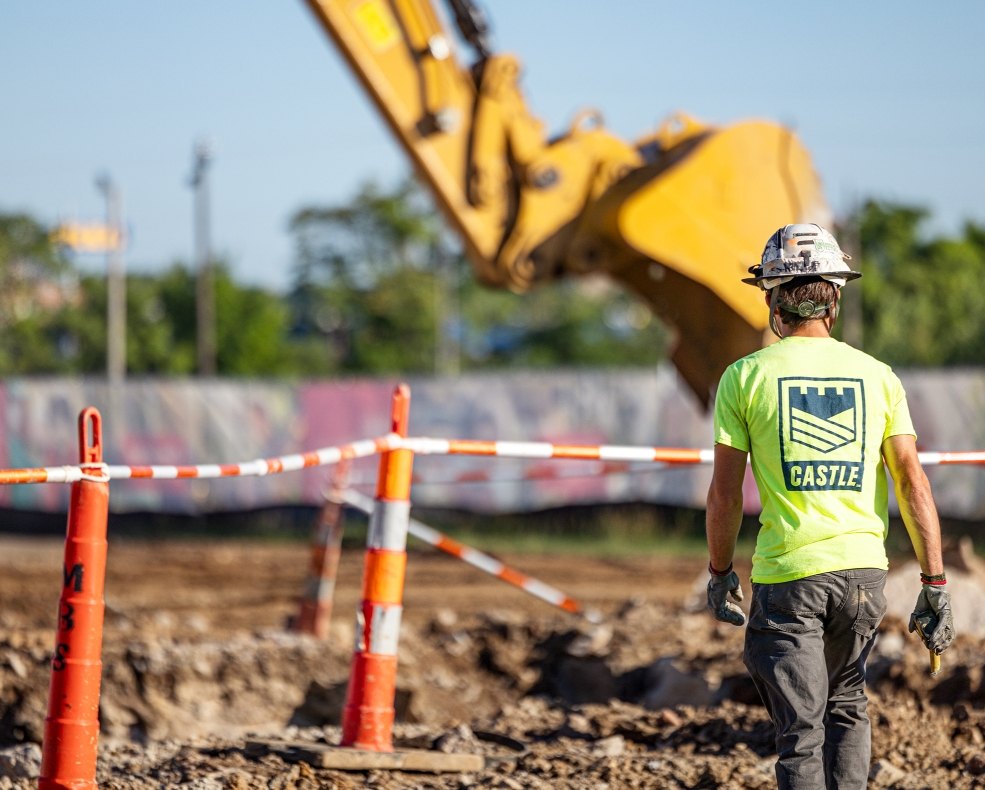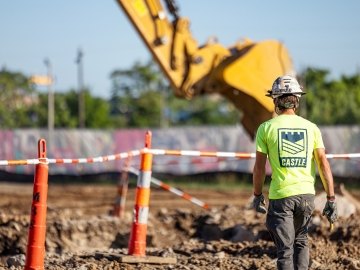Field Focus: 6 Ways Clients Benefit from Our Approach to Field Layout
In civil construction, transforming an engineering design into an effective roadmap for field crews requires data preparation.
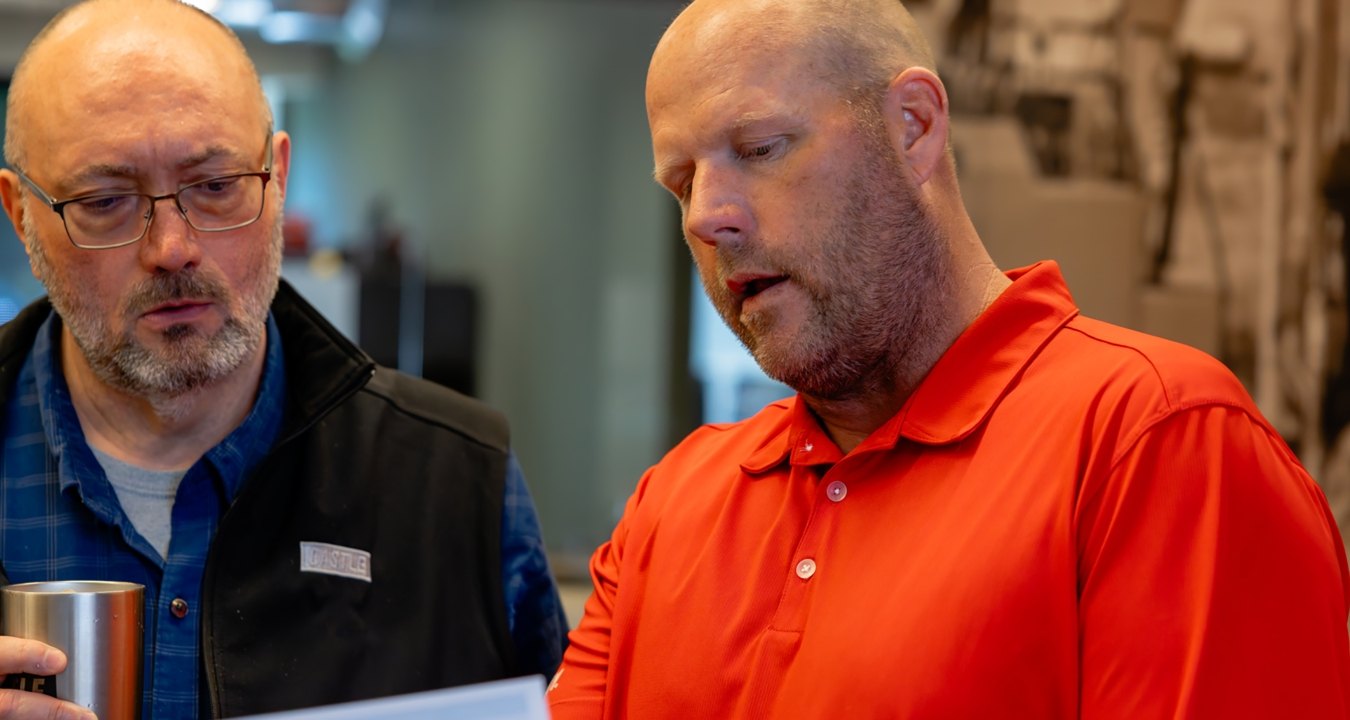
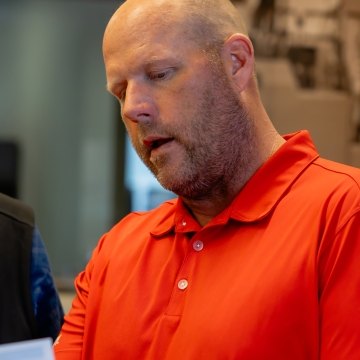
In civil construction, transforming an engineering design into an effective roadmap for field crews requires data preparation. This process also provides an opportunity to verify that documents are current, constructible and understandable by team members.
As a former McCarthy carpenter, I understand what’s required to execute jobs accurately, efficiently and safely. I also recognize the challenges and potential pitfalls that can be encountered in the field.
This first-hand perspective equips me with valuable insights that we use to help guide our crew members on a daily basis. Working in collaboration with Foreman Tony Wyka—a former Castle laborer—we focus on translating models and other documents into clear marching orders for our colleagues in the field. On a Retaining Wall dig file, for example, we’ll take the 2D shop drawings and create a 3D dig file that has the appropriate footing steps and laybacks for the geogrid.
We also work closely with team members so they understand how to use the software and equipment to complete their work. As with any other skill, it takes time and effort to master the technology.
Here are six benefits that Castle’s approach to field layout brings to our clients:
1. Proactive identification of potential issues
We’re able to carefully review a set of drawings and identify if there’s any missing information or unclear details that need to be confirmed with the engineer before progressing with construction.
We can also consult with our in-house Castle engineering team to enlist their expertise in assessing potential issues and recommending solutions.
2. Greater efficiency
Consistent communication with crew members is key to keeping jobs moving forward. We use Trimble WorksManager software to manage and seamlessly transfer data between the office and our field operations.
We’re able to remote directly into our equipment anywhere in the U.S. to upload files and guide operators in completing the work and troubleshooting challenges. When changes to the project occur, we can make immediate updates to design files. This is much more efficient than the previous method of having to save files on a flash drive, drive it out to a jobsite, locate the equipment and load it into the system.
And if there’s an issue that will require additional time for an engineer to address, we can create a temporary file that will keep crew members productive while the issue is being resolved.
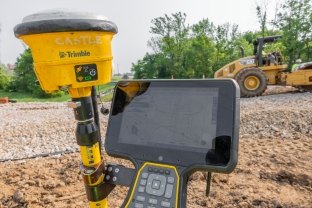
3. More accurate execution
Long gone are the days of relying solely on physical stakes and manual measurements to complete sitework. Today's GPS-enabled equipment and base & rover systems provide unprecedented precision in implementing our jobs. Because our teams can access real-time data onsite, they’re able to make immediate adjustments as needed.
4. Reduced risk of errors and rework
Castle’s approach to field layout is particularly valuable in identifying potential issues early in the construction process. By comparing actual site conditions with design specifications before work begins, teams can identify discrepancies that might otherwise lead to expensive rework later.
While it can be difficult to quantify the potential cost savings of our proactive approach, there’s no question that clients benefit from avoiding unforeseen issues that can delay a project schedule.
5. Better documentation of completed work
Because transparency and clarity of work are paramount, our crew members take photos to document completed work in the field, meeting the individual standards for each project. We share this imagery with our clients, so they have an accurate record of installation details.
6. Greater peace of mind
Having internal expertise and resources devoted to field layout means that our work is completed as accurately, efficiently and safely as possible.
Ultimately, Castle clients can have confidence that their projects are in capable hands, and they are receiving the highest-quality workmanship when it comes to delivering their earthwork and utilities projects.


